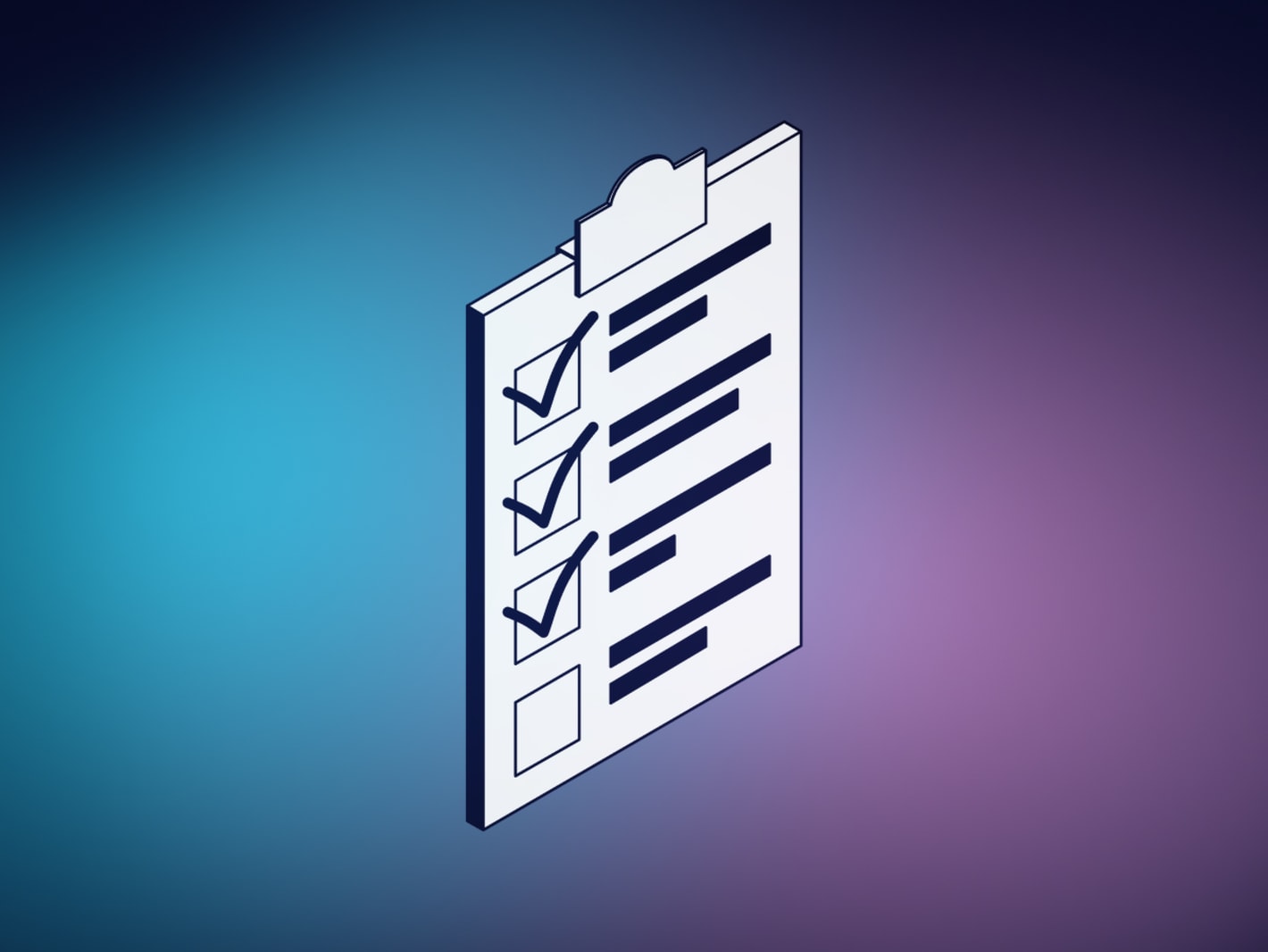Automated temperature mapping and monitoring
Best practices and mistakes to avoid
No more manual work. Is automation changing how we handle temperature mapping in GxP?
Digitization and automation are no longer optional in modern compliance processes.
The risks of siloed processes, information slipping through gaps, and manual errors can jeopardize both compliance and increase the likelihood of product spoilage.
As such, auditors increasingly expect to see digitalization of traditionally manual compliance processes.
By automating and digitalizing your temperature monitoring or mapping processes, you can streamline your operations, minimize resource waste, and ensure audit readiness.
However, in the world of compliance, where conventional processes are often favored, the move toward a digital-first way of working can seem both challenging and risk-filled.
How can you implement — or optimize — a digital temperature compliance operation that lets you standardize processes across (multiple) facilities while maintaining compliance?
Hear Jakob Konradsen, our Chief Quality Officer, and Aleš Ukmar, Senior Validation Specialist, share strategies and best practices for successful digitization of validation and monitoring practices across TCUs, facilities, and more.
Key takeaways
- Guidelines for digitalizing mapping and validation processes
- Key consideration when choosing a digital monitoring system
- The most common risks involved in automating temperature compliance


How to move from manual to digital mapping
Get a step-by-step roadmap for a smooth and secure shift from manual to digital processes.
Stay up to date on upcoming sessions
Get informed about new webinars, workshops, and similar resources directly in your inbox.


